
Story
An Ethiopian goat herder named Kaldi noticed his goats would dance around after eating the fruit from his trees. He brought the cherries to the monastery. The monks said they were the devil's work and tossed them into the fire. When a heavenly aroma filled the air, the monks raked the roasted seeds from the embers and brewed them into what we now know as coffee. Kaldi's tale is folklore, coffee's roots can be traced back to Ethiopia in 900 AD, it spread to Yemen around 1100, Europe by the 1700s, and the Americas by 1750.

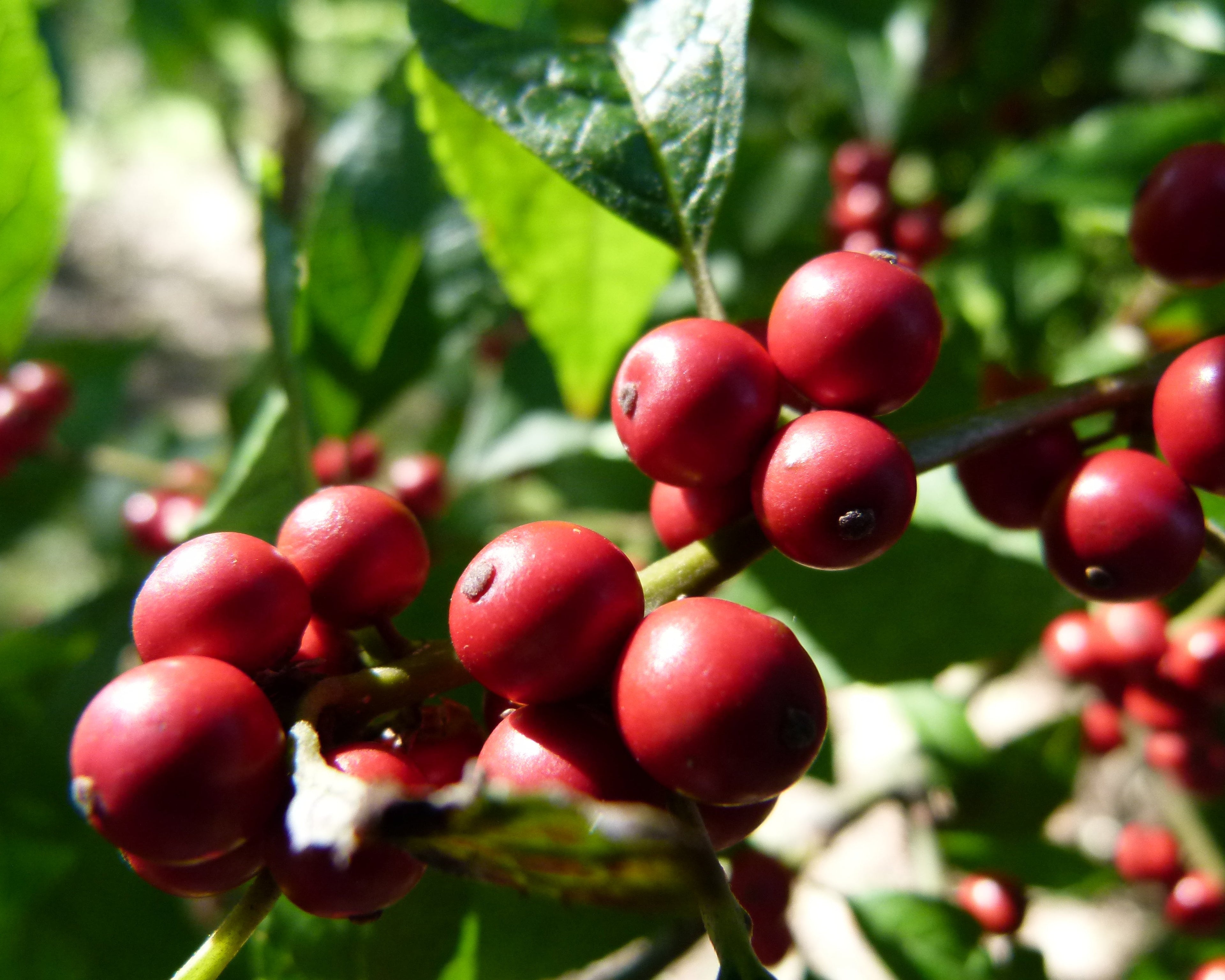
ORIGIN
The coffee plant is part of the genus Coffea. It's an evergreen shrub that grows equatorially between the tropics. It produces fragrant white flowers and fruit we call cherries. The cherries ripen into brilliant reds, yellows, oranges, or purples. Inside each cherry are two seeds, except for the Peaberry, a mutation resulting in a single seed. The two main species are Arabica and Robusta. We typically focus on Arabica for its sweeter and more complex flavors. Arabica plants grow 600-2400 meters above sea level and each cherry is harvested by hand.
ELEVATION
Elevation plays a big role in shaping the flavor of coffee. Lower-grown coffees tend to be smooth and mellow, with earthy or nutty flavors. Medium-grown coffees are balanced and sweet, while high-grown coffees are complex, with dynamic flavors.
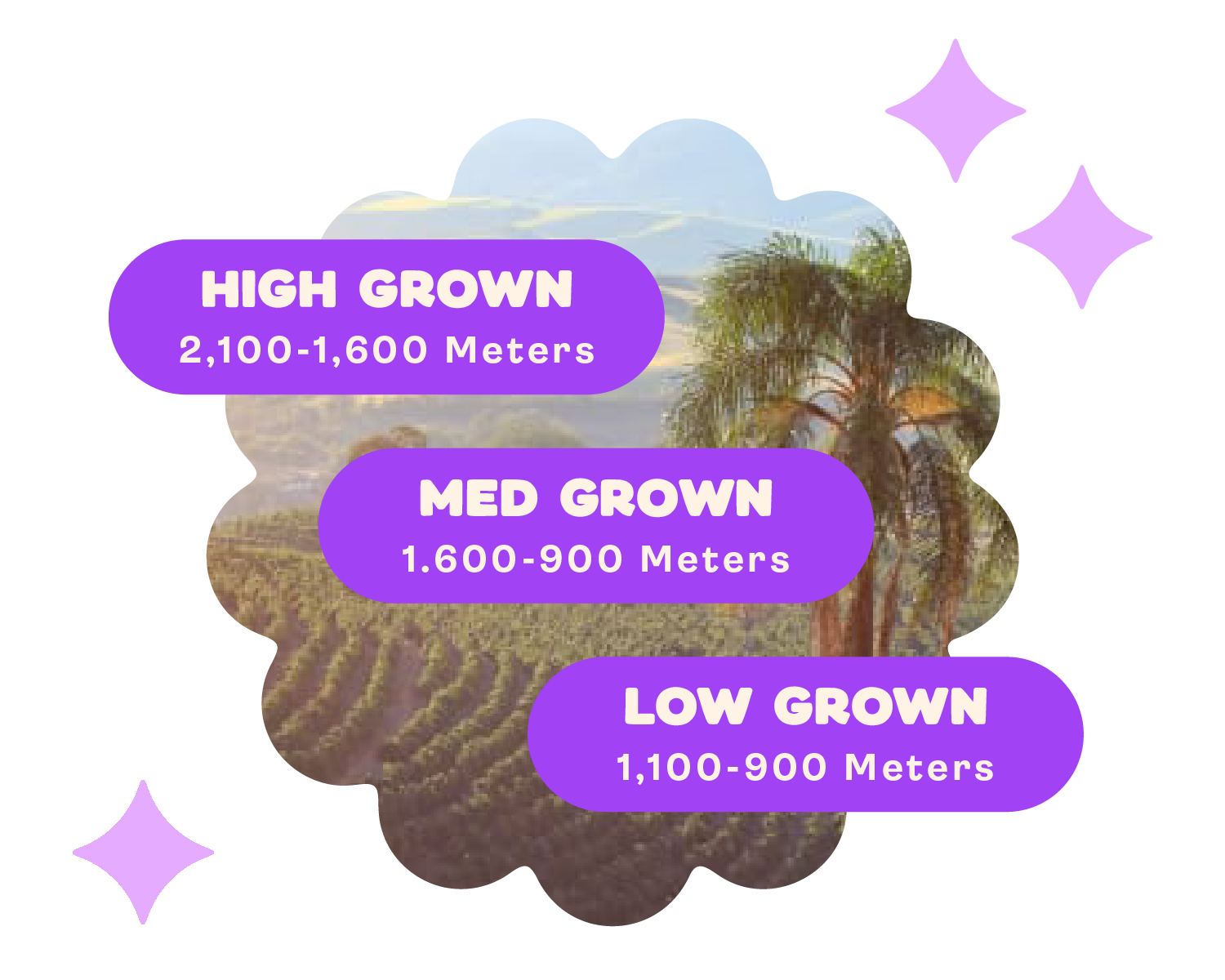
Varieties
Variety is a botanical term in the taxonomic hierarchy just below species. There are many plant varieties in the Arabica species. Varieties grow naturally, while cultivars are created through agricultural techniques. Recently, breeders have developed new cultivars less susceptible to weather, pests, disease, and even some with lower levels of caffeine.

Process
Coffee processing is the journey coffee cherries go through, from a harvested fruit to green coffee ready to be roasted. All arabica coffee is handpicked and taken to a mill for processing. From there, there are four methods of processing: washed, natural, hybrid, and experimental. Each significantly impacts flavor, sweetness, body, and acidity.

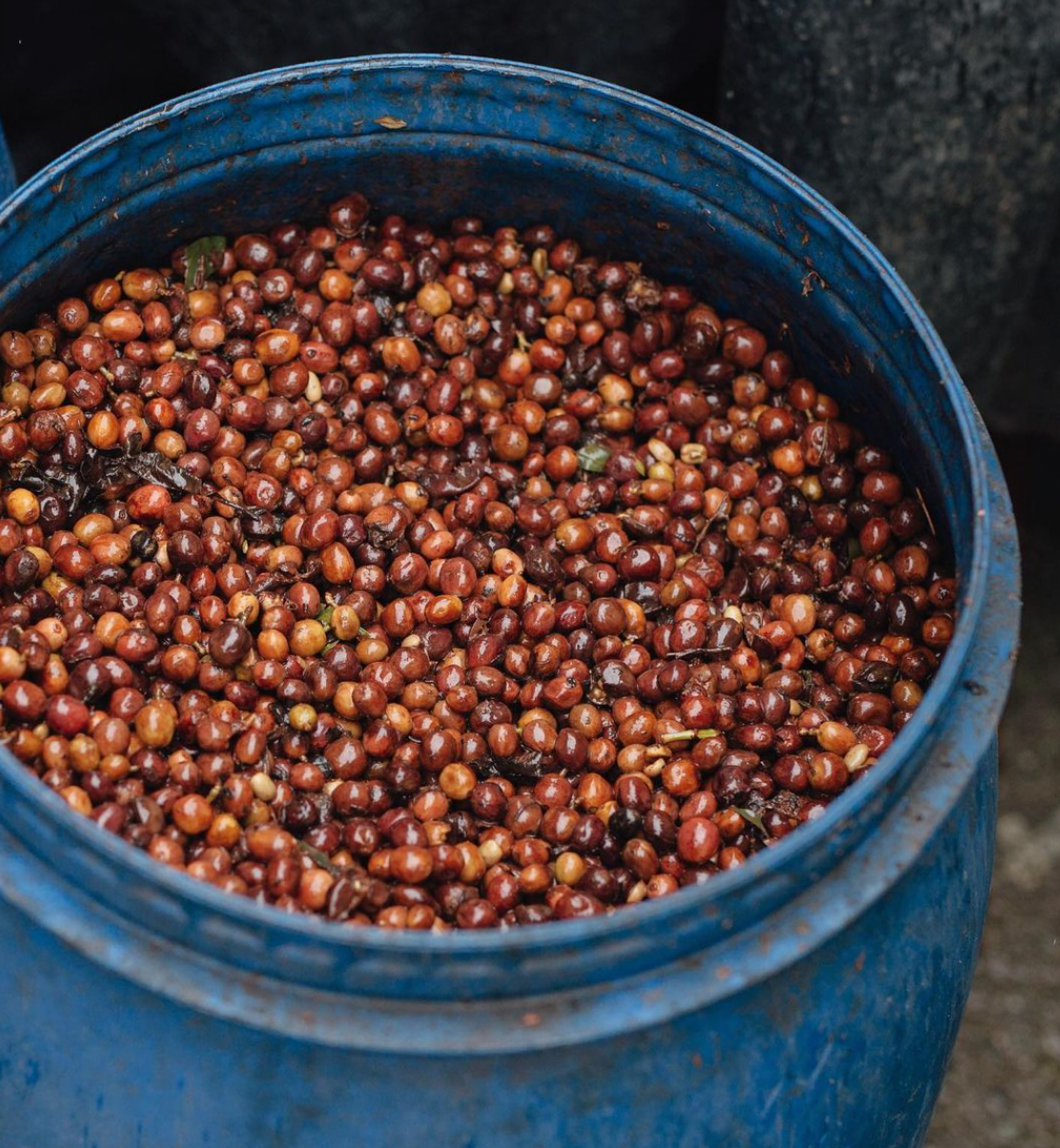
Fermentation
Fermentation in coffee is a process where microbes (yeasts and bacteria) break down the mucilage layer surrounding the coffee seed after it's been harvested. This occurs post-harvest in tanks of water or on raised beds. Fermentation transforms precursors into flavor compounds, enhancing sweetness, clarity, and complexity.
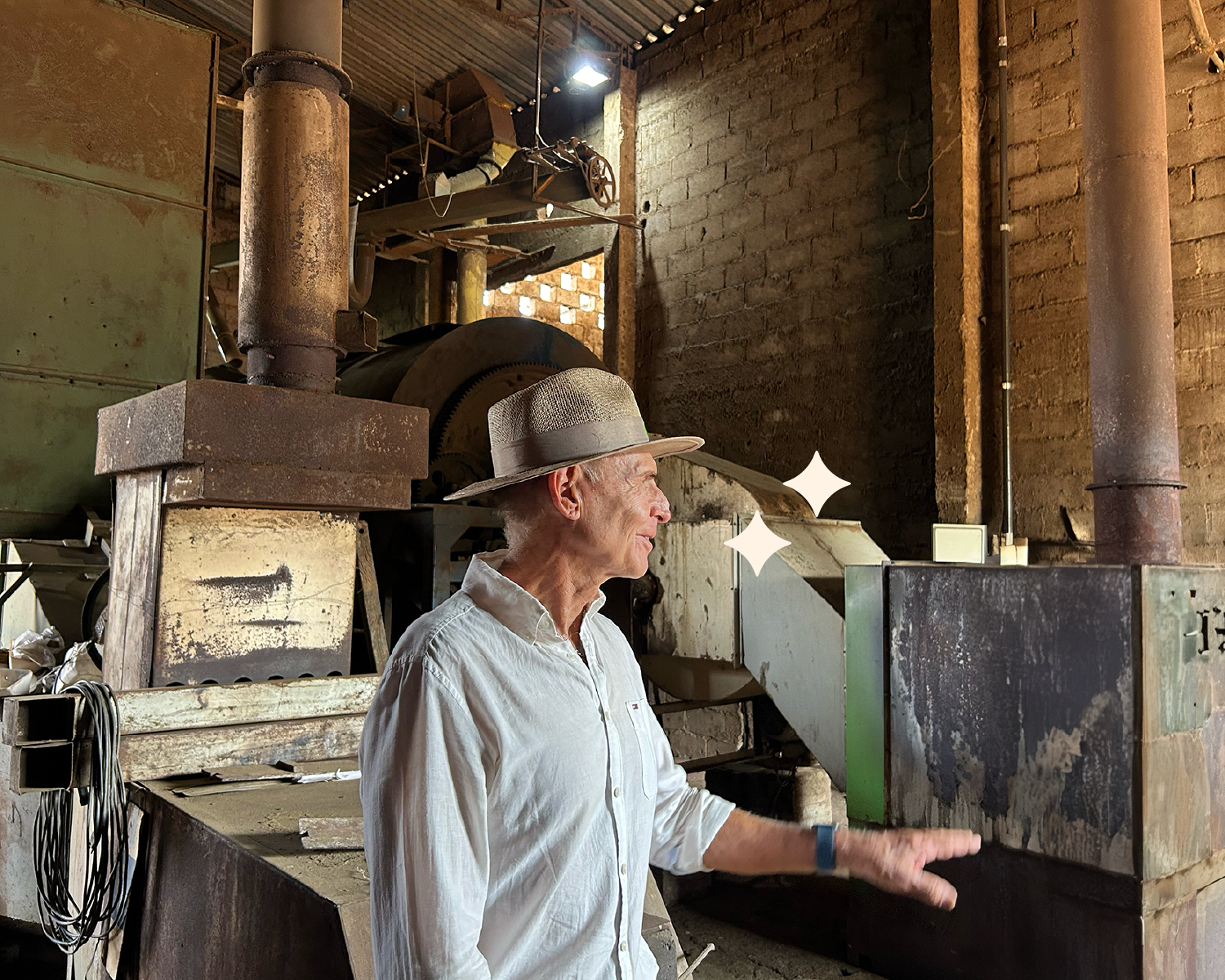
SOURCING
We develop relationships with like minded producers who pursue exceptional coffee. We source seasonally, allowing us to roast the coffee at its peak potential. We taste dozens of samples before selecting lots and then pay premium prices to secure them. This model ensures quality from the farm to your cup.

ROASTING
We source the world's most colorful coffees and craft roast profiles to unlock their maximum potential by highlighting their natural sweetness and varietal character. Roasting awesome coffee isn't just a process; it's a passion. We're always in pursuit of perfection, constantly learning and improving our craft.
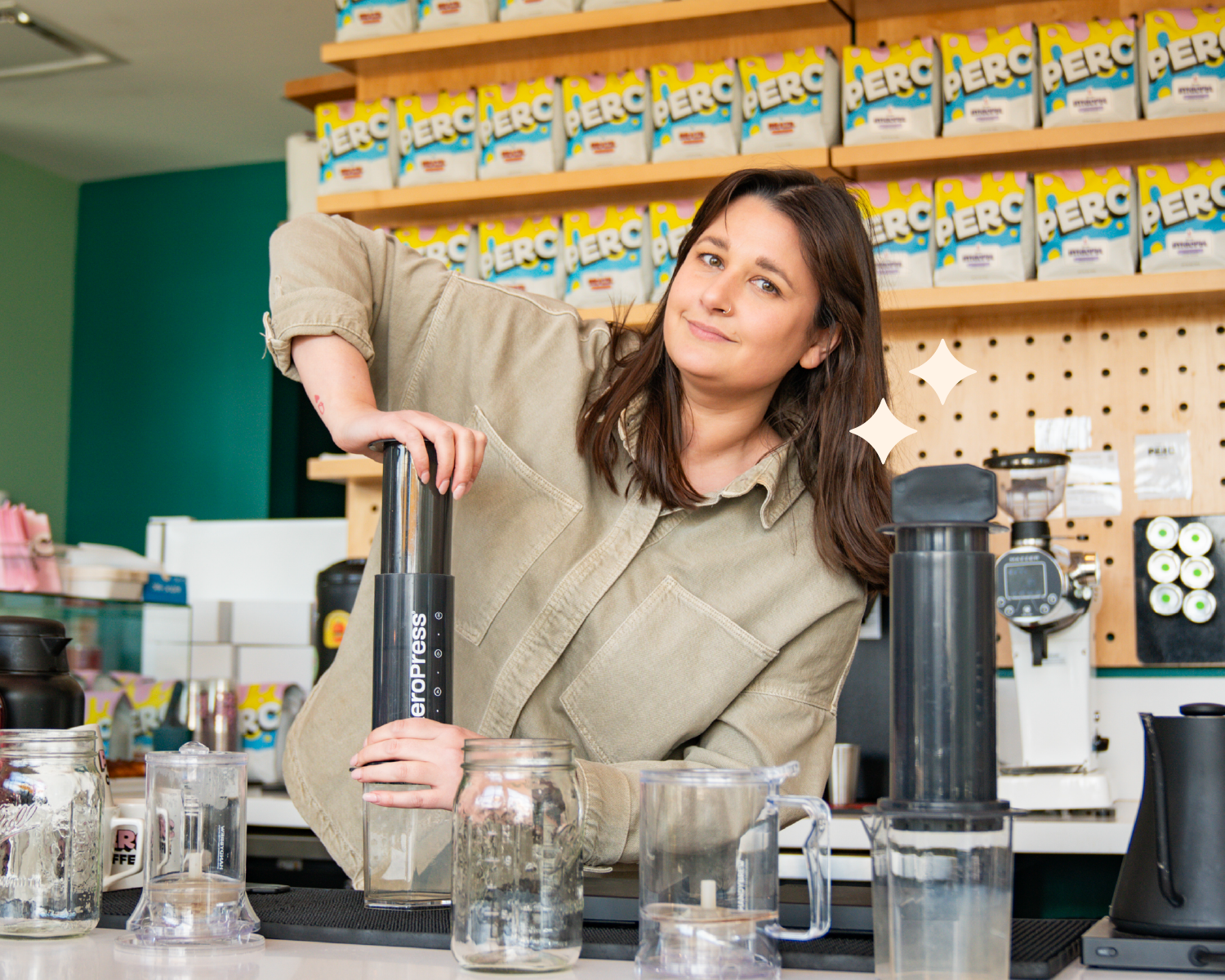
BREWING
We often draw parallels between coffee, chocolate, and wine. What sets coffee apart is that we all play a role in its supply chain. You can't just open the bag and enjoy it. To unlock its potential, you'll need a bit of know-how. That's why we created our handy brew guides. Armed with these and our pro-tips, you'll soon be on the path to coffee nirvana.






